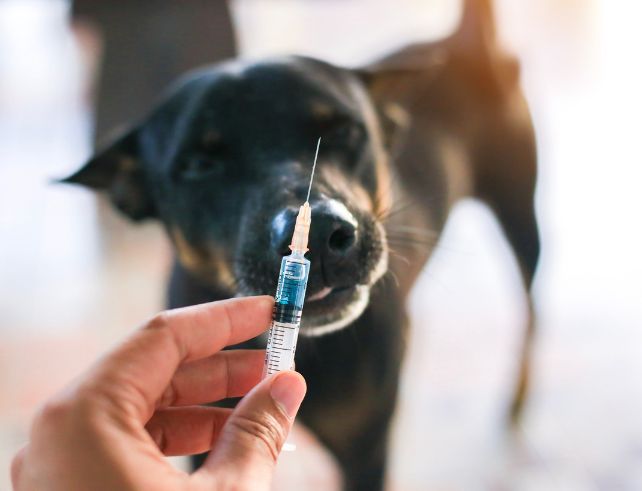Managing diabetes in pets is a challenge that many pet owners face. However, with the right knowledge and approach, it’s a condition that can be effectively controlled. At Let’s Have Pet, we understand the vital importance of pet health. Therefore, in this guide, we will explore everything you need to know about managing diabetes in pets.
Introduction to Diabetes in Pets

Diabetes is a chronic condition that affects both humans and pets. In dogs and cats, diabetes occurs when the body cannot produce enough insulin or cannot use insulin effectively. Consequently, this leads to elevated levels of glucose in the blood.
Recognizing the Signs of Diabetes in Pets

Early detection is vital, so understanding the signs of diabetes in your pet can save lives. Some common symptoms include:
- Increased Thirst: Pets with diabetes often drink more water than usual.
- Increased Urination: You might notice your pet urinating more frequently.
- Weight Loss: Despite eating more, diabetic pets often lose weight.
- Lethargy: Your pet may become less energetic.
If you notice any of these signs, it’s imperative to consult your veterinarian for proper diagnosis and treatment.
Types of Diabetes in Pets

- Type 1 Diabetes: Most commonly found in dogs, this type occurs when the pancreas fails to produce enough insulin.
- Type 2 Diabetes: More common in cats, this type occurs when the body fails to respond to insulin properly.
Managing Diabetes in Pets: A Step-by-Step Guide

Step 1: Veterinary Diagnosis
Firstly, if you suspect your pet has diabetes, seek professional veterinary care. Accurate diagnosis and treatment are vital.
Step 2: Diet and Nutrition
Next, a balanced diet is key. Your veterinarian will likely recommend a special diet designed to manage blood sugar levels.
Step 3: Medication
Then, insulin therapy may be required. Your veterinarian will guide you on the type and dosage of insulin needed for your pet.
Step 4: Monitoring
Finally, regular monitoring of blood glucose levels and routine veterinary check-ups are crucial in managing diabetes in pets.
Tips for Responsible Pet Owners

- Educate Yourself: Understanding diabetes and how to manage it empowers you to provide the best care.
- Regular Exercise: A consistent exercise routine helps in maintaining optimal weight and blood sugar levels.
- Avoid Overfeeding: Stick to the recommended diet to prevent obesity, which can lead to diabetes.
- Build a Support System: Connect with other pet owners dealing with diabetes for support and guidance.
Conclusion: A Lifelong Commitment to Your Pet’s Health

Managing diabetes in pets is a lifelong commitment. By partnering with your veterinarian and implementing the above strategies, you can successfully manage this condition. In doing so, you will ensure a happy and healthy life for your furry friend. Read others

